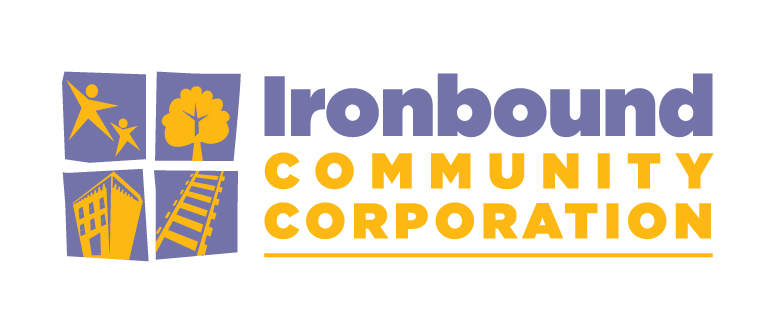Environmental Injustice Exhibit at Newark's Hahne Building
If you walk into the Express building in Newark, you’ll see dozens of people walking through the Climates of Inequality Exhibit.
“Climates of inequality was created by over 500 students, community partners in over 20 different cities from Miami to Mayagüez, Puerto Rico,” said Liz Sevcenko, director of the Humanities Action Lab. all of them dug into the history of their own community and shared their story of environmental and climate justice and their vision for the future.”
According to organizers, environmental injustice affects some more than others.
“The most marginalized communities African Americans, Latin, indigenous, low-wage earners are relegated to particular parts of anybody’s city and often these are the places that have the worst environmental contaminants,” Sevcenko said.
Newark is one of these cities.
Melissa Miles is the Environmental Justice manager for IronBound Community Corporation.
“Newark specifically the north and south wards are areas that deal with goots movements from the ports which is trucks, planes, cranes, ships, as well as waste infrastructure and energy infrastructure, all of that is polluting,” Miles said.
Comments are closed.

